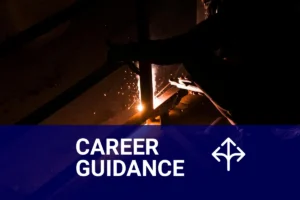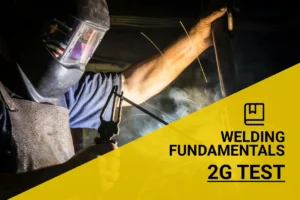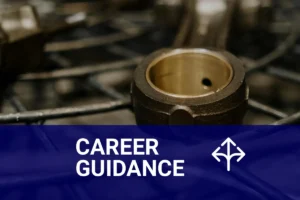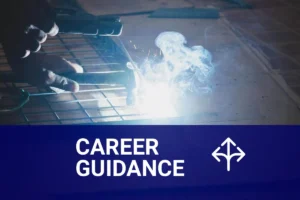How to Practice Welding? Tips, Techniques, and Tools for Improvement
Published on: February 17, 2025 | Last modified: March 4, 2025
By: Joe Carter
What is practice? Practice is when you do something repeatedly to get better at it. It’s the key to mastering any skill.
I often hear people ask how to practice welding. It’s vital to hone your skills because not every attempt will be perfect. I remember when I started, watching my welds improve over time was incredibly rewarding and gave me the confidence to tackle tougher projects.
In this guide on how to practice welding, you’ll discover different types of welding practice, steps to improve your welding skills, factors affecting skill development, and answers to frequently asked questions. We’ll also touch on how to get better at welding and what to practice welding on, making it easier for you to understand the processes involved.
Contents
How to Practice Welding?
Practice means honing your skills. To practice welding, start with basic joints like butt and lap welds, using mild steel. Aim for at least 10 hours per week in varying positions; it’ll push your limits and boost your confidence.
What is Practice?
Practice is essential for mastering any skill, including welding. In simple terms, practice means repeating tasks to improve skills, accuracy, and speed. Studies show that intentional practice can require about 10,000 hours for mastery. This means you might need around 10-12 hours a week for 15-20 years to truly excel.
To practice welding, set up and use materials effectively. Start with metal scrap, typically around 1/8 inch (3.175 Mm) thick. I remember using old car panels to sharpen my skills—there’s nothing like real-world practice to refine those techniques.
I often used these materials to test different techniques and troubleshoot. Each time I tried a new weld type, I learned valuable lessons about what makes a good weld. To improve, note what you’re practicing on. Different metals behave differently, and knowing how to adapt is key to enhancing your skills.
Types Of Welding Practices
What types of practices can you use to improve your welding skills?
-
Arc Welding Practices
Arc welding uses an electric arc to melt metals. To improve, set up your welding machine and practice on scrap metal. Use various thicknesses, from 3 mm (1/8 Inch) to 13 mm (1/2 Inch), to challenge your skills and refine your technique. Understanding how bright a welding arc can aid in selecting appropriate protective gear and ensuring safe practice.
-
MIG Welding Practices
MIG welding involves a continuous wire feed that melts to form a weld. To master this, practice with 0.8 mm (0.030 Inch) wire at a steady pace. Start with flat joints, then advance to fillet joints for increased complexity.
-
TIG Welding Practices
TIG welding requires precision with a non-consumable electrode. To enhance your skills, practice with a 1.6 mm (1/16 Inch) filler rod while controlling the heat. Start with straight lines on aluminum, then progress to curves and intricate shapes.
-
Stick Welding Practices
Stick welding uses a consumable electrode coated in flux. To improve, practice with a 2.4 mm (3/32 Inch) rod, maintaining a consistent arc length. Experiment with various positions—flat, horizontal, and vertical—to adapt to different scenarios.
-
Flux-cored Welding Practices
Flux-cored welding is similar to MIG but uses tubular wire filled with flux. To improve, work with 0.9 mm (0.035 Inch) wire and maintain a steady travel speed. Experiment on thicker metals, around 6 mm (1/4 Inch), to understand penetration and bead shape.
That covers various welding techniques and practices. Let’s now take a look at ways to enhance welding skills.
Steps to Improve Welding Skills
Now, we’ll cover steps to practice welding effectively and boost your skills.
-
Set Specific Goals
Define what you want to achieve before you start welding. Want to master MIG welding? Set a target, like completing ten quality beads with consistent spacing. Write these goals down. Being specific keeps you focused.
Track your progress weekly. Measuring performance—like bead width (In Mm) or consistent penetration depth (At Least 2-3 Mm)—reinforces your training. You’ll feel accomplished as you tick off your objectives.
-
Practice Simple Patterns
Start with basic welding patterns. Zig-zag patterns work great for beginners. Aim for consistent travel speed of about 10-12 inches per minute (Ipm). This speed shows how your heat input affects the metal flow.
Don’t rush! I remember when I sped through beads; my results suffered. Practice these patterns until you’re confident. After mastering them, increase complexity with circular or weave patterns.
-
Focus on Consistency
Make consistency your top priority. Replicate welds under the same settings each session. Use the same voltage (Typically 18-20 Volts for MIG) and travel speed. Your goal is uniform beads without undercutting.
I’ve been down this road. I once changed settings too frequently, affecting my results. Consistency leads to quality welds, so stick with what works until you refine your skills.
-
Experiment With Settings
Don’t hesitate to tweak settings. Start with what’s comfortable, like a wire feed speed of 120 inches per minute (Ipm), then see how it impacts your welds. You’ll quickly learn how gas flow affects penetration and bead shape.
Once you feel secure, adjust settings slightly for different materials, like stainless steel or aluminum. Use lower voltage for thinner metals to avoid burn-through. Experience with settings is key to becoming a master welder. It’s important to be aware that welding can expose you to UV radiation similar to sunlight, which can cause skin damage. To learn more about the risk of sunburn from welding, you can explore whether welding causes sunburn.
.
-
Record Your Progress
Start a welding journal. Document your settings, techniques, and outcomes after each session. For example, note using a flux-cored wire at 0.035 inches (0.89 Mm) for a project. This aids in troubleshooting.
Your skills will improve faster when you’re aware of what’s working. I’ve experienced this firsthand; reviewing old logs provided tips to enhance my technique. You’ll develop a keen understanding of your welding journey.
-
Join a Welding Group
Engage with others by joining a local welding group or online community. Learning from fellow welders offers fresh perspectives. Share tips and tricks or invite feedback on your welds. The camaraderie keeps you motivated. Welding safety includes protecting your eyes to prevent potential damage, which highlights the importance of understanding how welding can impact vision.
In my experience, networking has opened doors and sparked new ideas for improvement. You’ll pick up techniques from others’ experiences that can enhance the quality of your welds.
That covers techniques to enhance welding abilities. Let’s now take a look at elements influencing the growth of welding skills.
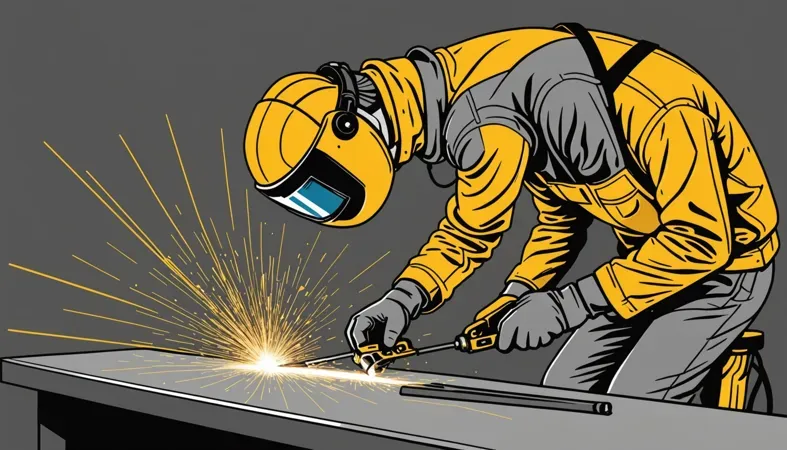
Factors Affecting Welding Skill Development
What factors influence your ability to weld effectively and improve your skills?
-
Equipment Quality
The quality of your welding gear matters. For instance, a MIG welder operating at 200 amps (76 Kw) provides better penetration and less spatter compared to a cheaper model.
-
Practice Frequency
Practicing often is key! Experts suggest at least 15 hours of welding per week to develop muscle memory and improve precision.
-
Instructional Resources
Reliable tutorials and courses can boost your learning curve. Combining online videos with hands-on practice enhances your skills.
-
Material Types
The materials you use affect weld quality. Steel thickness can vary from 1/8 inch (3.2 Mm) to 1 inch (25 Mm), impacting your practice and results.
-
Environmental Conditions
Your surroundings play a role. Welding outdoors? Wind can disrupt your arc. Aim for a controlled environment to improve consistency and quality.
We’ve wrapped up the factors influencing welding skill development here. Next up, we’ll look at advanced welding techniques for practice.
Advanced Welding Techniques for Practice
To take your welding practice to the next level, consider experimenting with advanced techniques.
-
Stringer Beads and Weaving
Practice using stringer beads for straight welds. This technique involves a steady, straight travel motion. Weaving, on the other hand, is moving side to side for wider welds. Start with a travel speed of 6-8 inches per minute (Ipm). It’s challenging, but it’s excellent for developing control.
-
Vertical and Overhead Welding
Try welding in vertical and overhead positions. These positions are tougher but crucial for real-world work. Use a smaller stick electrode, like 1.6 mm (1/16 inch), reducing the risk of sagging welds. Keep your heat low to avoid burn-through.
-
Puddle Control Practice
Learning to control the molten puddle is vital. Practice moving at different speeds to see how it affects the puddle size. A steady 12-14 Ipm works for most mild steel applications.
We covered advanced welding techniques, tools, and safety measures here. Next, we will cover common practice projects.
Common Practice Projects
Here are some practice projects to enhance your welding skills:
| Project | Description | Materials Needed | Difficulty Level |
|---|---|---|---|
| Welded Shelf | Create a metal shelf frame using square tubing. | Square Tubing, MIG Welder | Medium |
| Metal Chair | Construct a simple chair from flat steel bars. | Flat Steel, TIG Welder | Hard |
| Garden Trellis | Build a decorative trellis for plants. | Round Bar, Stick Welder | Easy |
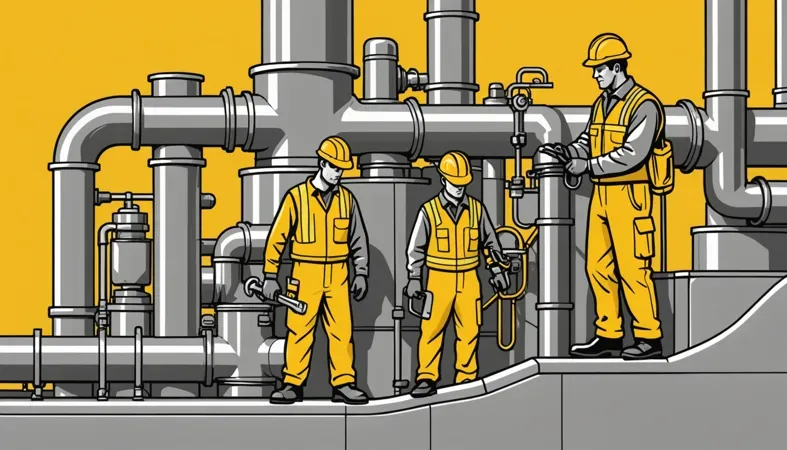
Frequently Asked Questions (FAQs)
Now let us look at the questions I typically get asked.
How Do I Get Good at Welding?
To get good at welding, consistent practice is key. You should dedicate time to improve your welding techniques, focusing on different types of welds and materials. Research shows that practicing for 10-20 hours a week significantly boosts skill levels. If you encounter common issues like welding spatter on non-metal surfaces, it’s useful to explore solutions for glass spatter cleanup.
What Makes a Good Weld?
A good weld is smooth, consistent, and has minimal defects. Factors like proper heat settings, material preparation, and technique play a huge role. Did you know that 90% of weld defects come from poor settings or improper technique?
How Can I Improve My Welding Skills?
Improving your welding skills requires a mix of practice and knowledge. Study welding methods, seek mentorship, and take feedback seriously. Studies indicate that welders who engage in classes or workshops improve faster, gaining skills 30% more effectively. An essential technique to master is vertical welding, which demands a clear understanding of gravitational effects on the weld pool and electrode angles; you can enhance your knowledge by exploring how to weld vertically.
Can I Practice Welding at Home?
Yes, you can practice welding at home if you have the right equipment and safety gear. Make sure you follow safety protocols to prevent accidents. Setting up a small workstation can cost about $100-$500, depending on the tools you choose. Understanding techniques like forge welding methods can enhance your welding skills.
Can I Teach Myself Welding?
You can teach yourself welding through online resources and hands-on practice. Many successful welders start this way! However, consider investing in a structured course for comprehensive understanding; it can shorten your learning curve significantly.
Conclusion
Phew, that’s a lot of information we covered. We talked about how to practice welding, what practice really means, different types of welding practices, steps to improve your skills, and factors that can affect your development. We also touched on frequently asked questions to help clarify your welding journey.
To wrap it up, being good at welding takes time and hands-on effort. To improve your skills, focus on practicing specific techniques like MIG, TIG, or stick welding, using appropriate materials like steel, aluminum, or stainless steel. You may also consider pursuing a welding career, as the experience you gain can enhance your expertise. Remember, consistency and purpose in your practice sessions are key, so set goals and track your progress as you go.
If you’re eager to deepen your understanding of welding techniques and best practices, check out What is Welding, which has a wealth of valuable information.
Additional Reading
- Lincoln Electric. (2020). The Procedure Handbook of Arc Welding (15th ed.). Cleveland, OH: Lincoln Electric Company.
- International Organization for Standardization. (2017). ISO 3834: Quality Requirements for Fusion Welding of Metallic Materials. Geneva, Switzerland: ISO.
- American Welding Society. (2015). AWS D1.1/D1.1M: Structural Welding Code – Steel. Miami, FL: AWS.
Joe Carter is a retired welding professional with over 40 years of hands-on experience in the industry, spanning ship repair, structural welding, and even underwater projects. Joe is a master of MIG, TIG, and Stick welding. Passionate about mentoring the next generation of welders, Joe now shares his decades of expertise and practical insights to help others build rewarding careers in welding.
American Welding Society, MIG Welding, Skill Improvement, TIG Welding, Types Of Welds, Welding, Welding Practice, Welding Safety, Welding Techniques
